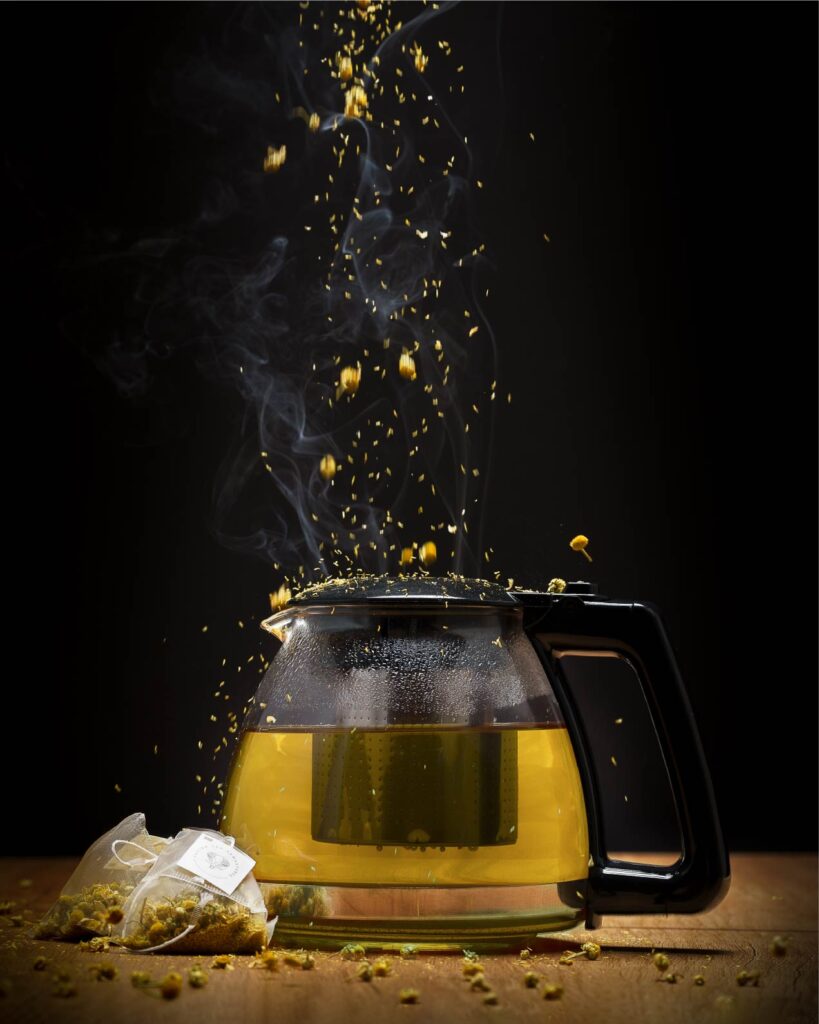Introduction:
In today’s competitive market, it’s not just about what you sell, but how you present it. Product styling is a powerful tool that can transform the way your brand is perceived, helping you to communicate your brand’s story and values through visuals. This post explores the role of product styling in enhancing brand identity, and how thoughtful design choices can create a lasting impact on your audience.
The Relationship Between Product Styling and Brand Storytelling
Product styling goes beyond aesthetics; it’s a form of storytelling. Every element in a styled product shot—from the colours and textures to the props and setting—works together to convey a message about your brand. For instance, a brand that prides itself on sustainability might use natural, earthy tones and organic materials in its product styling. This not only highlights the product but also reinforces the brand’s commitment to eco-friendly practices.
On the other hand, a tech-focused brand might opt for sleek, modern styling with minimalistic backgrounds and futuristic props. The goal is to create a visual narrative that aligns with the brand’s identity and resonates with the target audience.

Techniques for Creating Impactful Product Visuals
Creating impactful product visuals requires a deep understanding of design principles and how they can be applied to enhance the product’s appeal. One key technique is the use of color theory. Colours have a profound effect on mood and perception; for example, warm colours like red and orange can evoke feelings of excitement and energy, while cool colours like blue and green are associated with calmness and trust.

Composition is another critical aspect of product styling. The way elements are arranged within the frame can guide the viewer’s eye and create a sense of balance and harmony. Techniques such as the rule of thirds, leading lines, and negative space can all be used to create a compelling composition that draws attention to the product.
Props play a vital role in setting the scene and adding context to the product. The key is to choose props that complement the product without overshadowing it. For instance, a luxury perfume brand might use elegant, understated props like marble trays and gold accents, while a sports brand might incorporate dynamic elements like motion blurs or action shots to convey energy and movement.
The Role of Colour Theory and Composition in Product Styling
Colour theory and composition are the backbone of effective product styling. Understanding the emotional impact of colours allows you to create visuals that align with your brand’s message. For instance, a brand focused on wellness might use soft, pastel colours to create a serene and calming atmosphere, while a brand targeting young, urban consumers might opt for bold, vibrant colours that convey energy and excitement.
Composition, on the other hand, determines how the product is perceived within its environment. A well-composed image not only highlights the product but also creates a sense of harmony and balance that is pleasing to the eye. Techniques like symmetry, asymmetry, and the use of leading lines can all be used to create a composition that enhances the product’s visual impact.

Conclusion:
Product styling is a crucial aspect of brand identity, offering a way to visually communicate your brand’s story and values. By mastering the principles of colour theory, composition, and thoughtful prop selection, you can create product visuals that not only capture attention but also leave a lasting impression on your audience. Whether you’re launching a new product or refreshing your brand’s image, investing in professional product styling can elevate your brand to new heights.